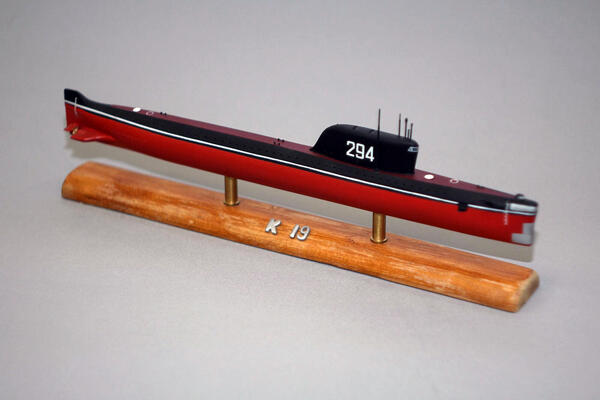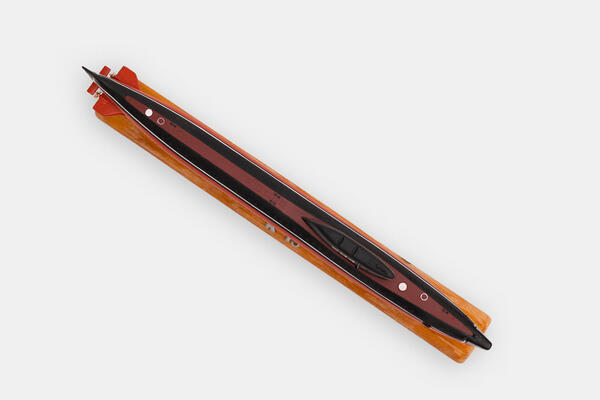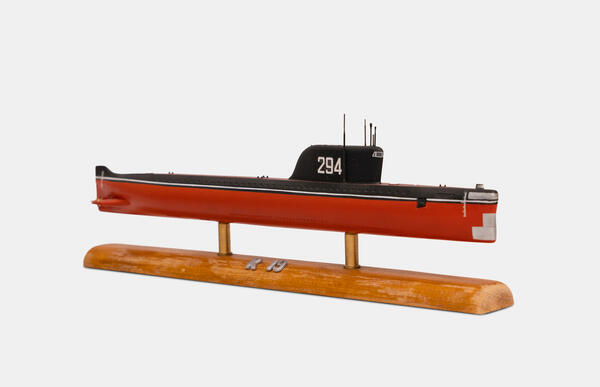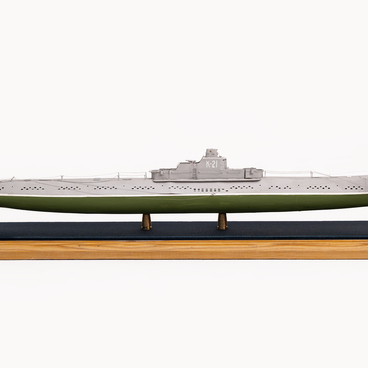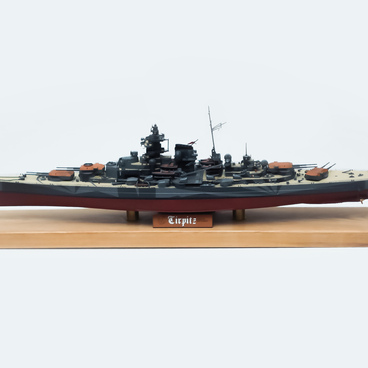“K-19” was the first Soviet nuclear-powered submarine capable of carrying three nuclear ballistic missiles. The submarine belonged to Project 658. This was a series of Soviet nuclear submarines equipped with ballistic missiles, which entered service in 1959. This vessel was developed based on the first Soviet nuclear-powered submarines of Project 627.
The K-19 submarine was developed by the Rubin Design Bureau. She was completed in record time in Severodvinsk. The submarine was a response to the construction of the George Washington submarine in the United States. The laying of the submarine took place on October 17, 1958, and in 1960 the naval flag was raised over it. As she was being launched, the champagne bottle did not break, which was noted by superstitious sailors. Subsequently, the submarine indeed experienced many accidents, which is why it was even nicknamed “Hiroshima”.
Already in 1961, when the submarine returned to base after participating in the Arctic Circle exercises, an accident occurred at the stern reactor. As it was established later, the damage occurred during the exercises. As a result, the deterioration of the reactor core began, the radiation level on the submarine rose sharply, radioactive particles spread throughout the ship, and it was decided to evacuate the crew. Eight people died as a result of severe radiation exposure. Other crew members were also exposed to high radiation levels that were many times higher than permissible. They were treated for radiation sickness in the following year.
On November 15, 1969, another incident occurred: during a depth change maneuver, the K-19 collided with the US Navy submarine USS Gato. In 1972, a fire broke out on the submarine in several compartments. As a result, 28 crew members and two rescue workers lost their lives.

